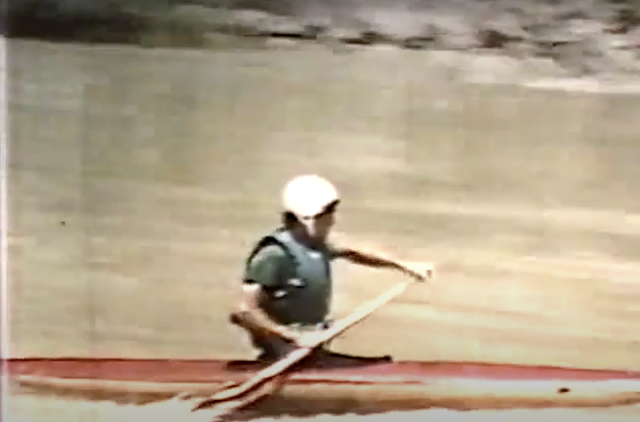Planning for the Grand Canyon trip inches along each day. There are so many details: renting the raft fleet that we need, figuring out what camping gear and clothing and shoes I should have along, ordering the food, collecting money from the other fifteen people in my party... it's a lot.
I'm happy to say that I feel pretty good about the group I've assembled. I've tried to recruit people whose experience fills the holes in my own. I've never done the Grand Canyon before, but I've got three people in the group who have. While I've done several one-night overnight trips on the Mississippi River near Memphis, I've never done a true multi-day wilderness trip, but I've got at least seven people coming along who are veterans of such expeditions. I've never rowed a big oar-rigged raft before, but seven people in my group have, and they know how to load the rafts with gear for transport through big whitewater.
And so, my job boils down to organization, communication, and delegation of duties.
I've been put in leadership positions at various times in my life. I guess the earliest time was as a summer camp counselor: for a few summers I was in charge of cabins full of kids, and then I ran the canoeing program. Then I taught school for a few years and did my best to run a classroom, sometimes successfully and sometimes not so much.
Since leaving teaching I've been working on my own, and most of the time I've had nobody but myself to be responsible for. After quite a few years of not being looked to for the leadership of something, I wondered if I still had such qualities in me. So far, it seems that I can still manage it, and I'm even sort of enjoying it despite the occasional overwhelmed feelings. Certainly, the basics haven't changed: make sure people's roles are clearly defined, and then get out of the way while they do their jobs. Of course, the unpleasant part of being a leader is when somebody doesn't do his job, and you have to confront that person. I'm doing everything I can think of to prevent such a scenario, mostly by cultivating a relationship with each individual to the extent I can by phone and e-mail, and by weekly e-mail updates to the group in which I share my expectations in positive ways.
What I know I can control is my own physical readiness for the expedition, and the sharpness of my skills.
On Tuesday I went back to the Wolf River, likely for the last time this summer. The wet spring we've had has brought the Wolf up to very nice levels for paddling, but unless we get some more of that significant rain--and that looks unlikely according to the current forecast--the river will drop out fast. During dry periods the Wolf, which for most of its length in this county has been channelized to make way for road construction, gets so shallow that you can't take a stroke without hitting the bottom.
On Monday I'd ridden my bike over the Wolf on my way out to Shelby Farms, and I knew it still had a decent flow. Nevertheless, when I got to the Walnut Grove boat ramp Tuesday morning, I could see that the water level had dropped a good five vertical feet. Still, it had the feel of a lovely tree-shaded, sun-dappled babbling brook as I worked to get reacquainted with my whitewater boat on moving water. I attained my way upstream, doing some ferries along the way, and coming back downstream I did some eddy turns and back-ferries and other swiftwater moves. Once the Wolf drops out I'll take the whitewater boat down to the harbor and do some more serious sets of stroke drills, but so far I've allowed myself to stick to more relaxed stuff on the "whitewater lite" that the Wolf offers.
That discomfort in my left knee has had its ups and downs since I first mentioned it eleven days ago. For a while I thought it had run its course, but in the last several days I've been feeling it again. I rode my bike again yesterday, and for the first time it bothered me some during that activity. It warmed up and felt better as the ride went on, but by late afternoon yesterday I was feeling a pretty good twinge in that area. I'm thinking I should look for some "prehab" exercises that might stop it from developing into a full-blown injury. Besides riding the bike I've been doing a lot of Hindu squats in recent weeks, and those things work my quadriceps muscles well. Now I'm wondering if some exercises that work the opposing muscles (hamstrings) will help stabilize my knee. I'm still holding off on running, and that's actually no big sacrifice, seeing as how I don't especially enjoy running. But knowing there's something I can't do always gnaws at me. Meanwhile, it's very important to me that I be able to hike without pain in the Grand Canyon.
When I got up this morning it was already 80 degrees Fahrenheit outside. The Mid South is definitely included in the heat wave that's been in the national news all week. I've been trying to do my outdoor exercise in the AM so that I can stay in during the hottest part of the day. Today I was back in the surfski on the riverfront downtown, and after an hour of paddling I took a hose bath on the dock. That's a big advantage of that training site over the Wolf, which has no such amenity.
For more information on what this blog is about, click here.



